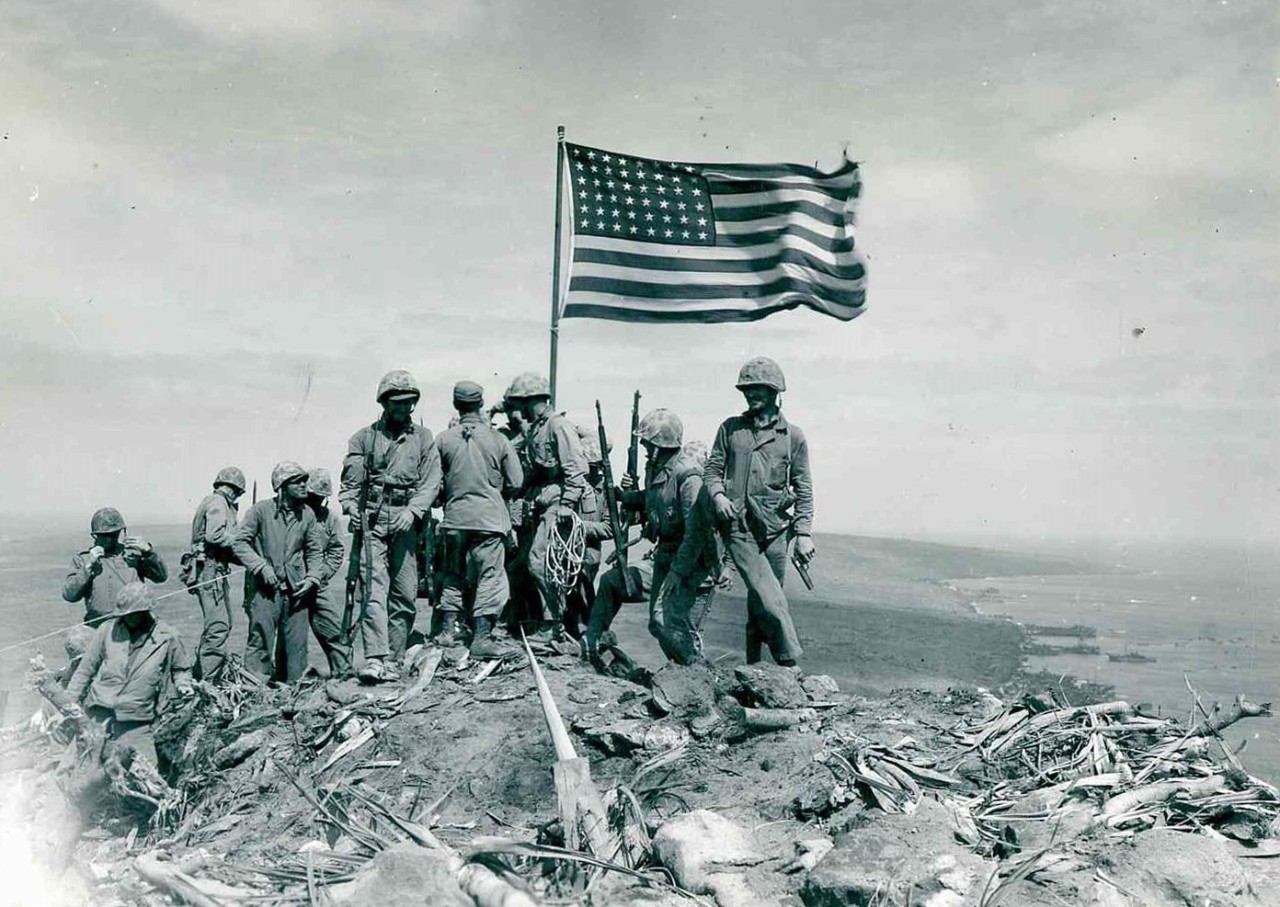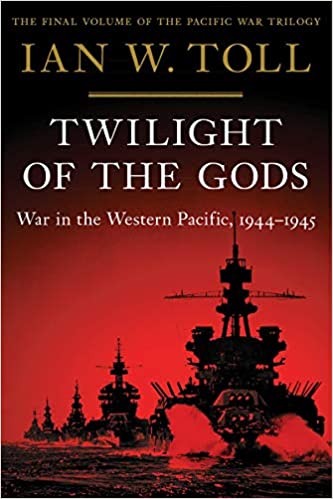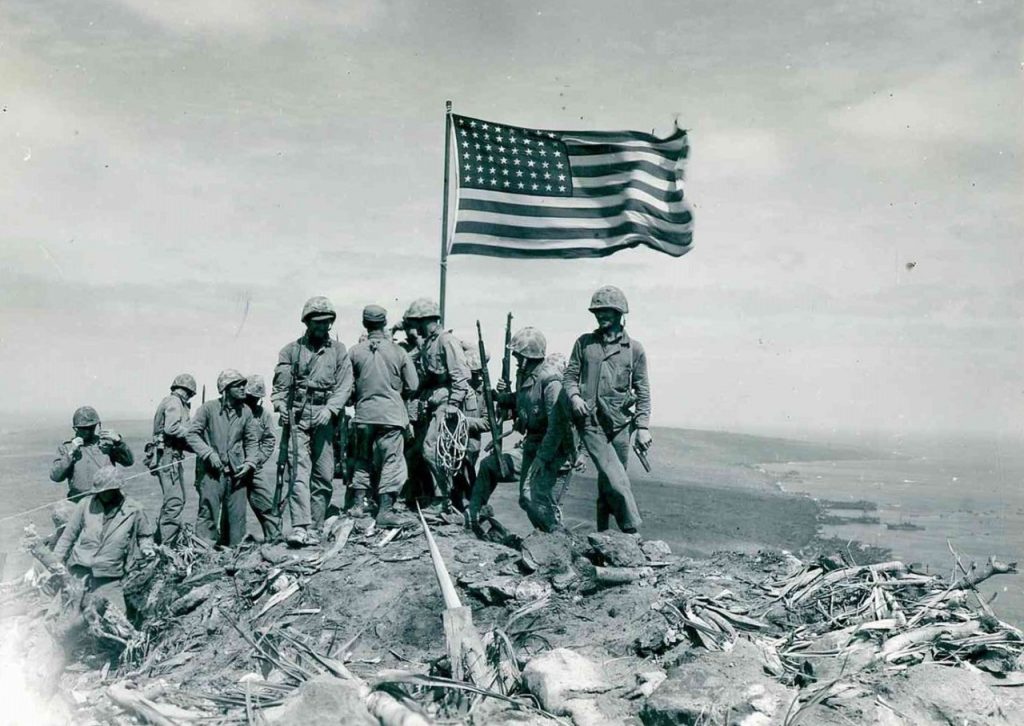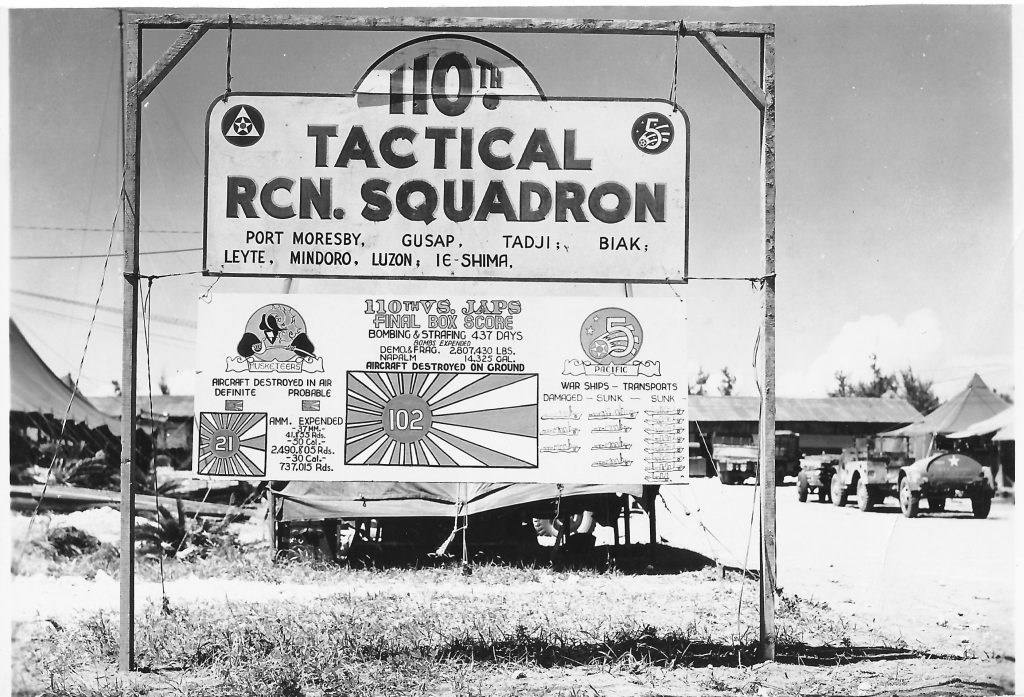Arts & Entertainment
Allen Boyer: Review of “Twilight of the Gods: War in the Western Pacific, 1944-1945,” by Ian W. Toll
Published among the commemorations of V-J Day, seventy-five years after the Second World War ended with the surrender of Japan, “Twilight of the Gods” is the third volume in Ian Toll’s sweeping history of the Pacific War, following “Pacific Crucible” and “The Conquering Tide.”

Published among the commemorations of V-J Day, seventy-five years after the Second World War ended with the surrender of Japan, “Twilight of the Gods” is the third volume in Ian Toll’s sweeping history of the Pacific War, following “Pacific Crucible” and “The Conquering Tide.” Toll’s early volumes emphasized the naval battles of that conflict. “Twilight of the Gods” does more. It recounts how the war swept over the world’s greatest ocean and its islands: the Philippines, the Japanese archipelago, tiny specks of land named Peleliu and Iwo Jima.

The last months of the Pacific War were a series of invasions. It also featured the largest naval battle in history, Leyte Gulf, involving 300 ships and 200,000 men. But Iwo Jima may be the lynchpin of Toll’s narrative.
In June 1944, General Tadamichi Kuribayashi, an officer in the Japanese Imperial Guard, took on the most demanding assignment of his career. He was to defend the Bonin Islands, south of Tokyo. In the Bonins, only the island of Iwo Jima had terrain suitable for long airstrips, bases from which bombers could take off. Kuribayashi set up his headquarters there and set his men digging into the volcanic rock. By February 1945, he had his entire garrison underground, in conditions that were already hellish:
“Underground bunkers were hot, overcrowded, and filthy. Ventilation shafts were added, but subterranean temperatures often surpassed 140 degrees Fahrenheit, and sulfurous vapors made it extremely difficult to breathe. There were not enough latrines on the island, and men with uncontrollable diarrhea had to relieve themselves on the spot . . . .
“Implanted in the rocks were a variety of weapons, from big coastal defense guns in sunken casements to mortars, light artillery, anti-tank guns, and machine guns. . . . The best marksmen in the garrison were armed with sniper rifles and positioned in cave entrances with the best sightlines onto the beaches and the airfields.”

More than 80,000 soldiers would be crowded into the battle on Iwo Jima, an island only eight miles square. Nearly all of the 22,000 Japanese died (including Kuribayashi, who may have fallen leading his men in a final counterattack). Of the Marines and U.S. Navy men who landed, more than 24,000 became casualties, including six thousand dead. Toll is never more eloquent than when he writes of the unearthly conditions in which they fought – the volcanic smoke, the black beachhead sand into which soldiers sank, the undrinkable water – and the inferno that the war unleashed.

It would be all too easy to survey the war’s end-game landing by landing, in a series of set-pieces. A strength of Toll’s work is that he avoids this, drawing parallels and developing themes.
In both American and Japan, Toll observes, governments faced new challenges in dealing with their civilian population. The Japanese had to train civilians to deal with bombing raids; American planners had to keep defense-plant workers driving for victory when it seemed that the war had already been won. He crosscuts from the training of kamikaze pilots to the long process that produced U.S. Navy aviators (including sessions on the Simulated Aerial Combat Machine, part peep show machine, part combat newsreel, part carnival shooting gallery).

When Toll narrates the heroic story of the Battle of Samar – when a handful of tiny American destroyers, caught alone and unsupported, charged the battleships and heavy cruisers of the Imperial Japanese Navy – he ends with a grim piece of foreshadowing. The last act of the battle was one of the first kamikaze attacks.

By the summer of 1945, Japan was besieged with the weapons of traditional warfare. Submarines rampaged against enemy shipping. Thousands of mines, dropped by B-29’s, sealed off Japanese harbors. Navy fighters strafed railroad lines. Battleships bombarded steel mills. Hundred-thousand-watt radio stations bombarded listeners in Tokyo, offering arguments for ending the war.
As plans for the invasion of Japan took shape, new leaders emerged. U.S. President Harry Truman, needing to master quickly the world-spanning American war effort, was forced to rely on his advisers. Emperor Hirohito, forced by events to lead his government, was empowered to suggest the unthinkable: that Japan surrender to foreign foes. While the politicians talked their way toward peace, the most destructive war in history was ended by a weapon from a new age
Toll began “Pacific Crucible” with images and ironies: the Sunday-morning quiet with which Pearl Harbor began, broken first by Japanese bombers, next by the sudden traffic jam of servicemen rushing back to base after Saturday night in Honolulu. “Twilight of the Gods” ends with American soldiers on their way eastward across the Pacific, toward home and all that would mean – malaise and divorce on the one hand, and, on the other, civil rights and the GI Bill. Toll has magisterially completed a compelling history.
“Twilight of the Gods: War in the Western Pacific, 1944-1945.” By Ian W. Toll. W.W. Norton & Company. 926 pages. $40.
Allen D. Boyer is Book Editor of HottyToddy.com. A native of Oxford, he is the author of “Rocky Boyer’s War: An Unvarnished History of the Air Blitz That Won the War in the Southwest Pacific,” based on the Pacific War diary of his father (Naval Institute Press).
















